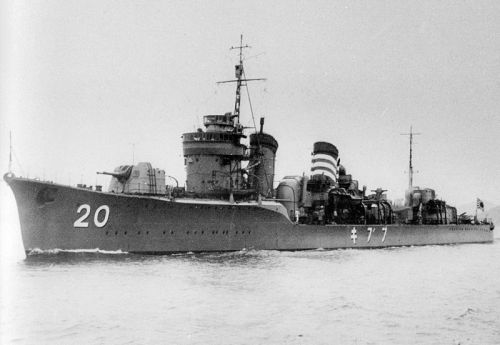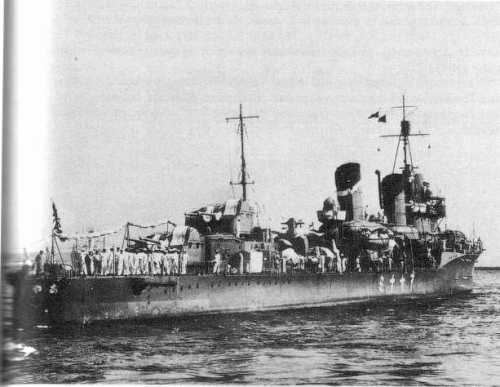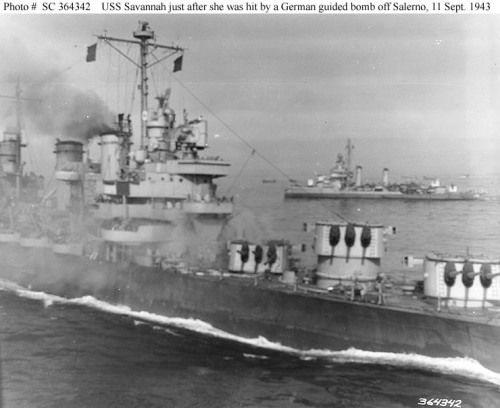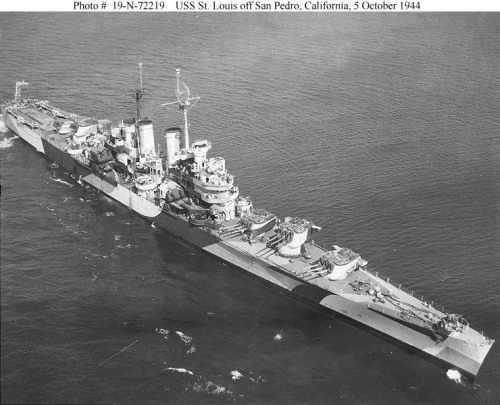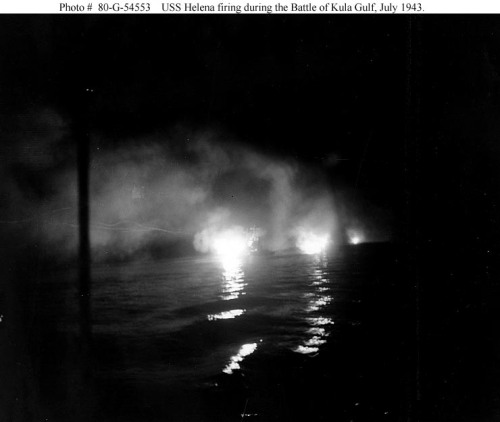Friends of Padre Steve’s World,
Tonight something different, once again going back to write about important classes of Navy ships. I will continue doing this whenever I need a break from mass deaths, politics, and trying to inject reason into the vacuous minds of so many Americans about COVID 19.
The Imperial Japanese Navy set the standard for new destroyer construction in the 1920. While the United States Navy and British Royal Navy were fully stocked with their First World War design destroyers the Imperial Navy’s General Staff issued a requirement for a class of large destroyers which would complement the new classes of modern cruisers being built for the navy. There was nothing wrong with their existing destroyers of the Minekaze, Wakatake, Kamikaze, and Mutsuki classes, many of which continued to serve in secondary roles in the Second World War as escorts for convoys and invasion groups. They were the equals of contemporary British and American destroyers, but the Imperial Navy’s long range plan required larger, faster, more powerful and longer range destroyers.
The Navy requirement called for a 2000 ton ship capable of 39 knots with a 4000 mile range at 14 knots, that could carry a large number of torpedoes and a heavy gun armament. The program was designed to give the numerically inferior Imperial Navy a qualitative superiority against any opponent. The ships displaced 1750 tons, but even then their displacement limited their top speed to 35 knots, not the specified 39 knots.


WWII Office of Naval Intelligence images for Fubuki Class variants
The 24 ship Fubuki Class was such a quantum leap over other contemporary destroyers that the Imperial Navy referred to them as the Special Type. Their large size, heavy armament and high speed made them equal to many light cruisers of the era.
The basic design was modified to carry more guns and torpedoes on an increased displacement and the result was a 388 foot long 1750 ton ship armed with six 5” 50 caliber guns in weather proof and splinter proof mounts. On the initial 10 ships of the class the guns could only be elevated 40 degrees which made them less than effective in an anti-aircraft role. However, in the succeeding two groups of the class, the 5” mounts were an improved type which allowed them to elevate each gun separately up to 75 degrees. The ammunition magazines were below the gun mounts and ammunition was passed to the guns by hoists. This gave them a decided edge in rate of fire over other destroyers which had open or partially shield mounts dependant on ammunition passers carrying ammunition to them from central magazines.
As built the light anti-aircraft armament composed of two Type 93 13mm machine guns. In the years before the war, and during the war their anti-aircraft was increased in some cases up to twenty-two 25mm anti-aircraft guns and 10 of the Type 93 machine guns. In 1944 surviving ships of the class had their X- 5” gun mount removed to facilitate more 25mm guns, radar and an additional depth charge capacity.
The nine 24” torpedo tubes in triple mounts were able to be reloaded while in battle a capability not shared by other destroyers. The ships carried a total of 18 torpedoes which initially were of the Type 8 torpedos carried on earlier destroyers. However, these were replaced by the oxygen powered Type 93 “Long Lance” torpedoes before the war. These torpedoes had a higher speed, longer range and heavier warhead than torpedoes produced by other navies. The deadly Long Lance torpedoes would become the scourge of Allied navies during the war, especially during the brutal surface engagements of 1942.
Due to the added weight their increased armament made to the design unstable in heavy seas, and a longitudinal hull weakness that necessitated in the class being rebuilt between 1935 and 1937. The rebuild increased their displacement to 2050 tons standard and to over 2400 tons full load. The increase in displacement resulted in a slight reduction of speed.
The class was built in three groups, and each is sometimes referred to as a separate class as each incorporated improvements over the preceding group. The first 10 ships of the class which are sometimes referred to as the Fubuki Class were of less complex design than subsequent ships. Their overall length was 388 feet, with a beam of 34 feet, and draft 10.5 feet. They had a smaller bridge and exposed gunfire control room than the next two groups.
The second group of 10 ships are commonly referred to as the Ayanami Class. The group had an enlarged bridge structure which enclosed previous exposed positions to include the gunfire control room, and range finders. They were also provided a range finder tower. They were the first ships to receive the improved Type B gun mounts. The final subtype of the class, the Akatsuki Class comprised just 4 ships and was distinguished by a smaller forward funnel, larger boilers and a unique splinter proof torpedo tube mount housing.
The ships of the class participated in every major campaign of Japan’s war in the Pacific as well as operations against China in the 1930s.One ship the Miyuki was lost in a collision with another destroyer in August 1934.
All remaining ships of the class served with distinction throughout the war, especially during the Battle of the Java Sea and operations around Guadalcanal and the Solomon Islands and the Aleutians from 1941-1943. The participated in the sinking of the heavy cruisers, USS Houston, HMS Exeter, and the light Cruiser HMAS Perth, a number of destroyers, submarines, patrol ships and auxiliaries, while providing escort to carrier task forces, surface groups, and convoys. The Ikazuchi and Inazuma were noted for their rescue and humanitarian treatment of allied sailors, including those of the USS Pope during the Battle of the Java Sea. No ship or crew of the class was ever accused of committing war crimes or mistreating prisoners of war or other survivors of Allied ships.
All of the ships of the class except the Hibiki and Ushio were lost in action during the war. Four the Fubuki, Ayanami, Yuguri and Ataksuki were sunk in surface actions. Eight ships the Usogumo, Shirakumo, Isonami, Shikinami, Sagiri, Sazanami, Inazuma, and Ikazuchi were lost to Allied submarines. Seven ships the Shirayuki, Hatsuyuki, Murakumo, Uranami, Asagiri, Oboro and Akebono were sunk by aircraft and two the Shinonome and Amagiri fell victim to mines.
 The demilitarized IJNS Ushio after the war
The demilitarized IJNS Ushio after the war
Hibiki was given to the Soviet Union following the war and served in that Navy until either 1953 or 1963 depending on the source. She was used as a target and sunk in the 1970s near Vladivostok and her wreck is now a tourist site for divers. Ushio surrendered to the Allies was demilitarized, assisted in the evacuation of Japanese forces from conquered areas, and then scrapped in 1948.
As a sidebar, the Amagiri played a role in the life of future President John F Kennedy when she rammed and sank his PT-109 in the Blackett Strait on August 2nd 1943. Her commanding officer at the time Lieutenant Commander Kohei Hanami attended Kennedy’s inauguration in 1961. Even before Kennedy ran for the Senate Hanami wrote to Kennedy expressing his admiration. Kennedy’s daughter Caroline met Hanami’s widow in 2015 and invited her to the christening of the USS John F. Kennedy CVN 79.
The Fubuki Class destroyers set a standard in destroyer construction that other navies around the world sought to emulate. Fast and powerful they and their crews fought gallantly in the Second World War and though in a losing cause deserve to be remembered.
Peace,
Padre Steve+

